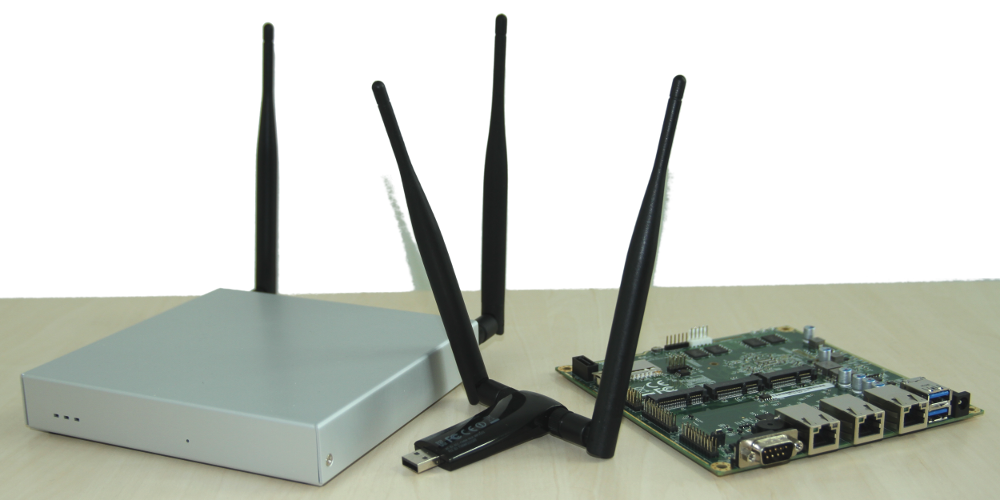Network Coding
News
2018/10/07
According to TUMonline, the course is currently full. However, if you really want to participate in the lecture, please put your name on the waiting list and come to the first lecture that will take place on October 16th (Monday, Oktober 15th is lecture free). We know from the past years, that quite a lot of students register for the lecture but never show up (or quit after a week) but do not unregister from the course.
2018/09/03
Lecture homepage online.
Lecture material
Lecture material will be made available via Git.
Previous knowledge
Please note that we expect firm knowledge in the following areas:
- Grundlagen Rechnernetze und Verteilte Systeme (IN0010)
- Diskrete Strukturen (IN0015)
- Diskrete Wahrscheinlichkeitstheorie (IN0018)
- good programming skills in C (or C++)
- full compliance with kernel coding guidelines (we do not plan to do kernel programming)

Lecture
Conventional routing is unable to achieve a network's capacity as given by the min-cut max-flow theorem - a rather theoretical point of view. Network Coding (NC) is an approach to achieve this very capacity in practice and can thus be considered a generalization of routing. Just think about it: Intermediate nodes (let us call them "router") normally only send identical copies of previously received packets (forget about the headers). NC extends their capability by demanding that sent packets are arbitrary linear combinations of previously received packets. Sounds strange? It is…
Here is a brief example to make you curious: Assume A wants to transmit n packets over a lossy link to B. With conventional approaches, B would have to acknowledge successful receipt of each individual packet such that A can retransmit any packets that got lost in transmission. If you use NC, A does not send the actual information contained in each individual packet but linear combinations of all packets. Obviously, B needs n linear independent packets to decode. If any packet gets lost during transmission, B does not need to signal a specific loss to A. Instead, A continues to transmit random (independent) linear combinations of those n packets until B has assembled enough packets to decode the whole batch.
This example is very basic, and actually only even a degenerated case of NC. But it gives you the underlying idea. Now just assume there are not only A and B but a number of intermediate nodes, each of them listening, buffering packets, and sending linear combinations. Instead of deciding which specific packet to send where, those nodes have to decide how often a random linear combination is being broadcast.
The lecture is a combination of usual classes combined with practical sessions during classes, i.e., you are encouraged to bring your notebooks and participate in the projects.
The theoretic part of the lecture covers the following topics:
- NC as generalization of routing
- min-cut/max-flow theorem
- linear programming
- packet loss and channel estimation
- ARQ mechanisms
- random linear network coding (RLNC)
- applications of NC
- bidirectional coding
- NC in transport and link-layer protocols
- NC in wireless networks
- acknowledgement schemes for NC
- combination of NC on different layers
The practical part (projects) cover the following topics:
- socket programming
- IEEE 802.11 raw sockets
- implementation of RLNC and acknowledgement schemes
- window protocols for NC
- many more if you want
Exercise
Lecture with integrated exercises.
Projects
The lecture is complemented by integrated exercises and demonstrations. On that basis, students are encouraged to propose individual practical projects, which are worked on in the second half of the lecture. Those projects may be done in groups of at most two students and are supervised during class hours. At the end of the lecture period students should present their projects to their class mates by presentation and/or demonstration.
Registration
Lecture: You can register for the lecture via TUMonline. Please note that you have to register for exams separately.
Projects: tba
Exam: tba
Exam and bonus
Written exam and bonus through projects. Projects are graded and weighted with the exam (50:50) if the exam (without bonus) is graded with 4.0 or better and the final grade improves with the project (otherwise the final grade equals your exam grade), i.e., it is not possible to get a grade worse than the exam grade. In addition, there is a 0.3 grade bonus if the project is presented to the group at the end of the lecture period (and the exam is passed without that grade bonus).
Please bring your student card or identity card to the exam.
